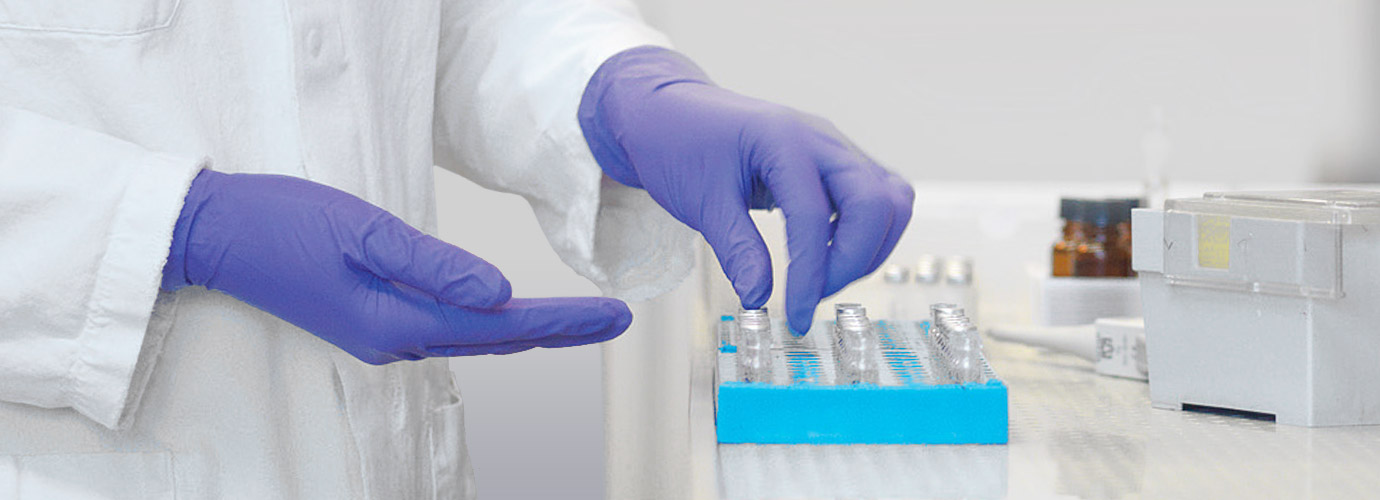01.2022
Author Prof. J. Spranger, University Department of Pediatrics Mainz
In a comprehensive Finnish sleep study, polysomnographic apnoea was detected in 9 out of 31 snoring infants [1]. To answer the question of whether there are clinical criteria for the identification of a particular risk of short-term respiratory failure, the 9 snoring children with apnoea were compared to the 22 children without apnoea.
The results show that the children in the apnoea group:
- snored longer
- had a greater tendency for mouth breathing and
- had larger adenoids than snoring children without apnoea.
In conclusion, the results suggest that mouth breathing and large adenoids in long snoring infants justify a polysomnography to detect prolonged apnoea and even hypoxia. An interesting finding was that hyperplastic tonsils were not a notable factor contributing to the risk of apnoea in infants.




